Life at sea is often associated with missiles, close-quarters manoeuvres, and high-octane operations—but behind the scenes, a small, dedicated team of engineers works tirelessly to keep the fleet running.
According to a Royal Navy update, Leading Engineering Technician (Marine Engineering) Rhys Owen has provided a rare insight into the gritty, demanding, and highly rewarding work that keeps HMS Cattistock operational.
As a Hunt-class minehunter, Cattistock relies on a 14-person marine engineering department—a third of the ship’s company—to keep engines running, systems operational, and the ship ready for tasking.
Owen, who previously served aboard a Type 45 destroyer, has stepped into a challenging leadership role where he is solely responsible for maintaining the ship’s diesel generators alongside an Engineering Technician (Marine Engineering) [ET(ME)].
“Stepping into my role as a Leading Engineering Technician (Marine Engineering) on a small ship has been a demanding but highly rewarding challenge,” Owen explained in the news update.
“With a smaller team, I have been solely responsible, alongside an ET(ME), for the maintenance of the ship’s diesel generators, ensuring they remain operational during a busy period of national tasking.”
One of the biggest challenges faced by the marine engineering team, say the Royal Navy, in their update, was a long-standing fault in one of Cattistock’s diesel generators, which overheated due to a coolant leak, causing the engine to shut down unexpectedly.
To diagnose the issue, Owen painstakingly recorded key parameters, eventually identifying a pattern that pointed to trapped air within the coolant system, leading to localised pressure spikes when the thermostat closed.
Owen developed a ‘force bleeding’ method to remove the trapped air, ensuring the generator remained operational. His solution prevented unnecessary part replacements and restored Cattistock’s full power generation capability—a critical success that kept the ship in action.
“Restoring it to service prevented unnecessary part replacements and ensured the ship regained its full power generation capability,” Owen explained.
Other daily responsibilities include:
- Diagnosing and repairing fuel leaks to maintain reliability.
- Electrical testing of generator control panels to resolve communication issues.
- Resetting valve tappets to optimise performance.
- Liaising with external contractors to ensure effective fault resolution.
- Identifying safety concerns in material design and recommending corrective action.
- Training junior engineers to understand not just the “how” but the “why” behind the work.
At the UK Defence Journal, we aim to deliver accurate and timely news on defence matters. We rely on the support of readers like you to maintain our independence and high-quality journalism. Please consider making a one-off donation to help us continue our work. Click here to donate. Thank you for your support!




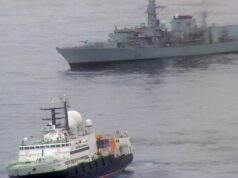
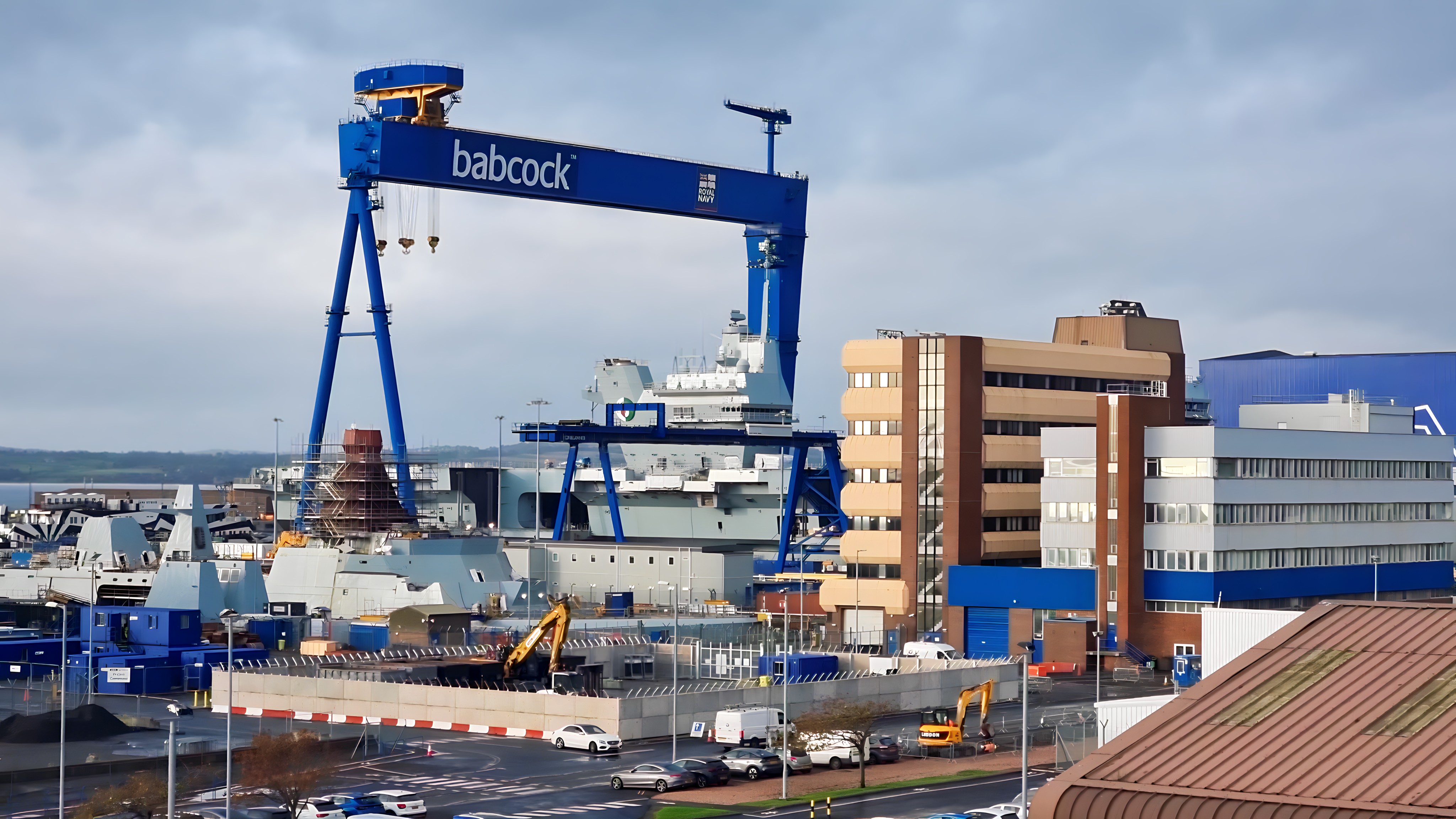
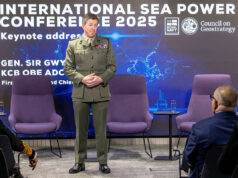



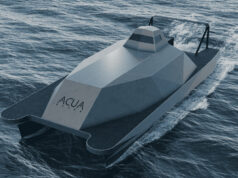
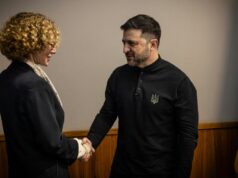

What a nice change for an article. You can design, build, arm and equip the highest tech wonder ship on earth, but you need skilled, experienced and dedicated Engineers to make sure it all works.
Thanks George 👍🏻
Exactly, I just wrote a similar post.
And let’s not forget Damage control and Fire fighting.
Whilst serving on Hunts in the Gulf in 88 our Gennies would trip whenever an American ticondaroga Class would flash up their Aegus radar and illuminate us Stoker’s hated them.
Makes you wonder how all these proposed un manned MCM vessels will be maintained ? 14 Crew dedicated to keeping one 750 ton Hunt class maintained does make you think about the future.
To be fare the poor old Hunts are knocking on a bit, although didn’t they get new engines at one time?
Well done to Leading Engineering Technician (Marine Engineering) Rhys Owen as that was a nice piece of investigative engineering and I bet there is nothing in the manuals about that particular issue either. Shows the quality of our service people.
Cheers CR
That’s a nice article to read. I wish Leading Engineering Technician, Rhys Owen and shipmates calm seas, happy port visits and a good Royal Navy career.
What’s he like at Uckers though. Stokers were always useless at that. Although there fridge was always well stocked. Plus their mess always was the best ventilated onboard. Strange how that happened.
Once a stoker always a stoker